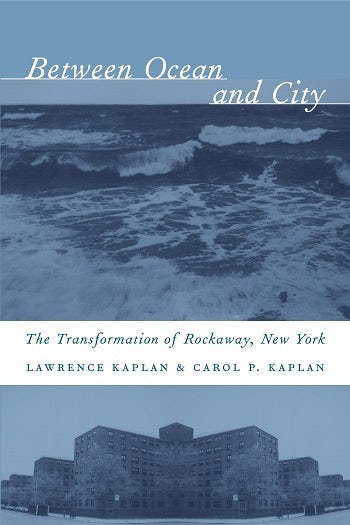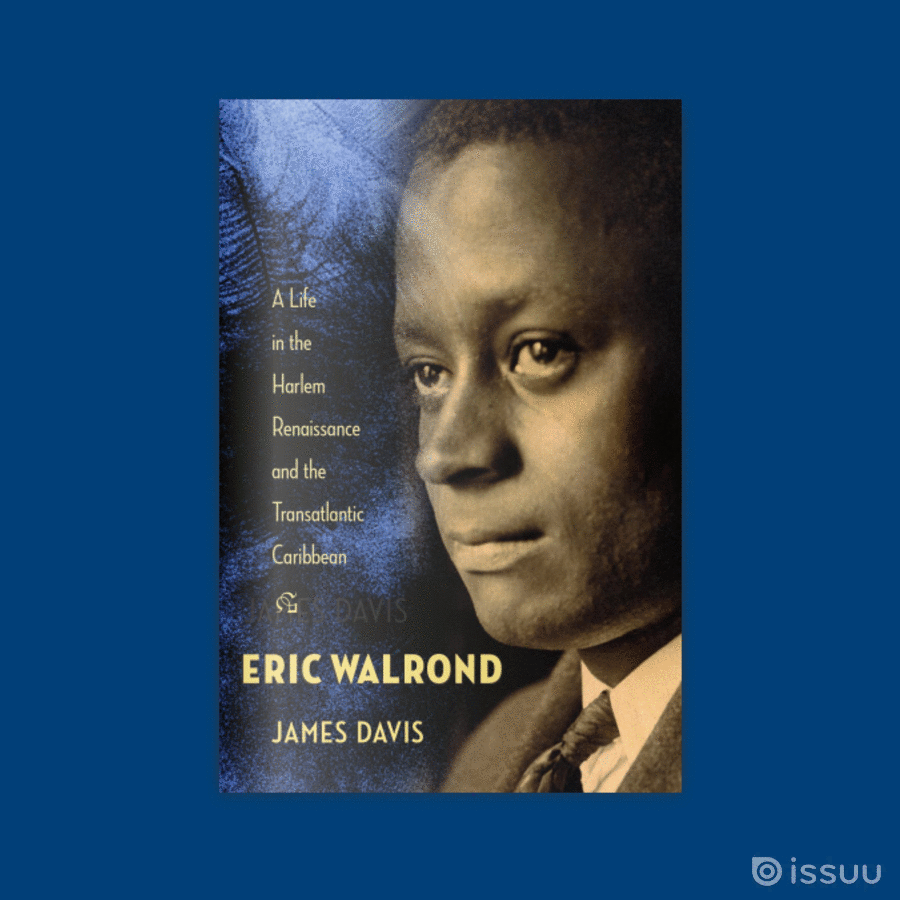Authors of Between Ocean and City answer questions about Rockaway

This week on the New York Times City Room blog, Lawrence and Carol P. Kaplan, the authors of Between Ocean and City: The Transformation of Rockaway, New York, will be answering questions about the history of this once popular seaside resort in southern Queens.
Shortly after World War II, large parts of this narrow peninsula between the ocean and the bay became some of New York City’s worst slums. Kaplan, a historian who grew up in the community and his wife Carol, a social worker, together present an illuminating account of this transformation, exploring issues of race, class, and social policy and offering a significant revision of the larger story of New York City’s development. In particular, the authors qualify some of the negative assessments of Robert Moses, suggesting that the “Power Broker” attempted for many positive initiatives for Rockaway.
The answers should be coming later this week but here are some of the questions that have been asked:
* Was bringing the subway to Rockaway a good thing or a bad thing for the long term health of the community?
* Mainly, [I] am wondering how the city ‘developed’ Rockaway the way they did. Anywhere else that I can think of, except of course Coney Island, beautiful ocean front property is to be coveted. What did the City do to reverse this norm? How can we bring Rockaway back to a mixed use area?
* How did the construction of the large low income housing projects change the demographics of the Rockaways? Why was it considered a good idea at the time to place high density housing in a relatively isolated part of New York City without any jobs available for it’s residents. Did the housing projects case “white flight” from the Rockaways in the 1960’s and 70’s?
* With all the gentrification going on in NY with neighborhoods like Williamsburg and Dumbo getting a second chance is there any chance Rockaway will soon become the next Hamptons?
* In this forum and others on The Rockaways, people talk about “white flight”. My family and many other Caribbean, Latin and South American families, benefited from that exodus. My parents arrived in the US in 1970 and were able to buy a home in Far Rockaway in 1976. I’d like the authors to discuss how the area fostered a new generation of immigrants who had experiences and goals not unlike the generations before them. Also, the area is becoming over populated yet there are not additional resources and infrastructure to support this. What can be done to encourage responsible investment that creates jobs, especially for young people?




